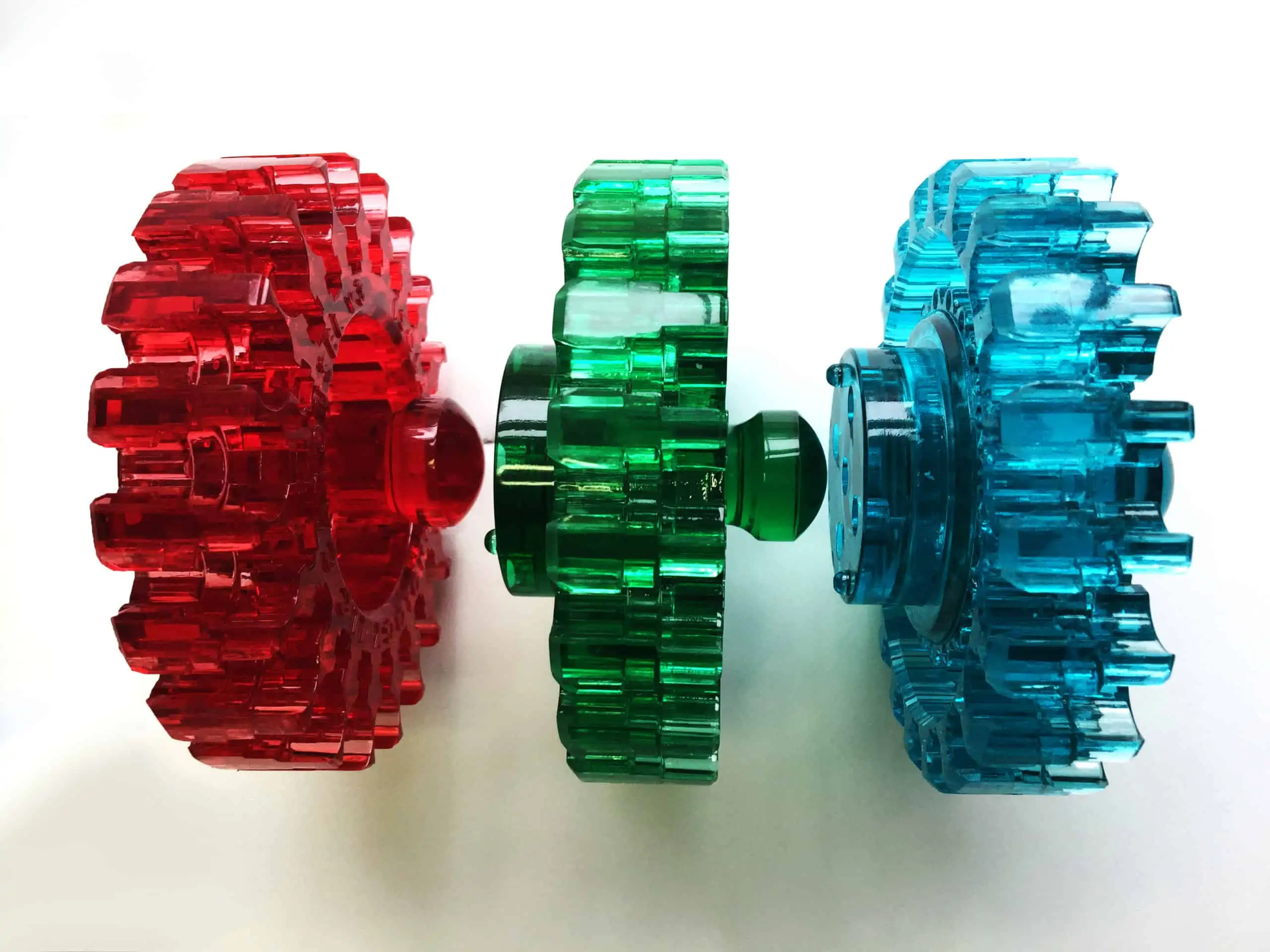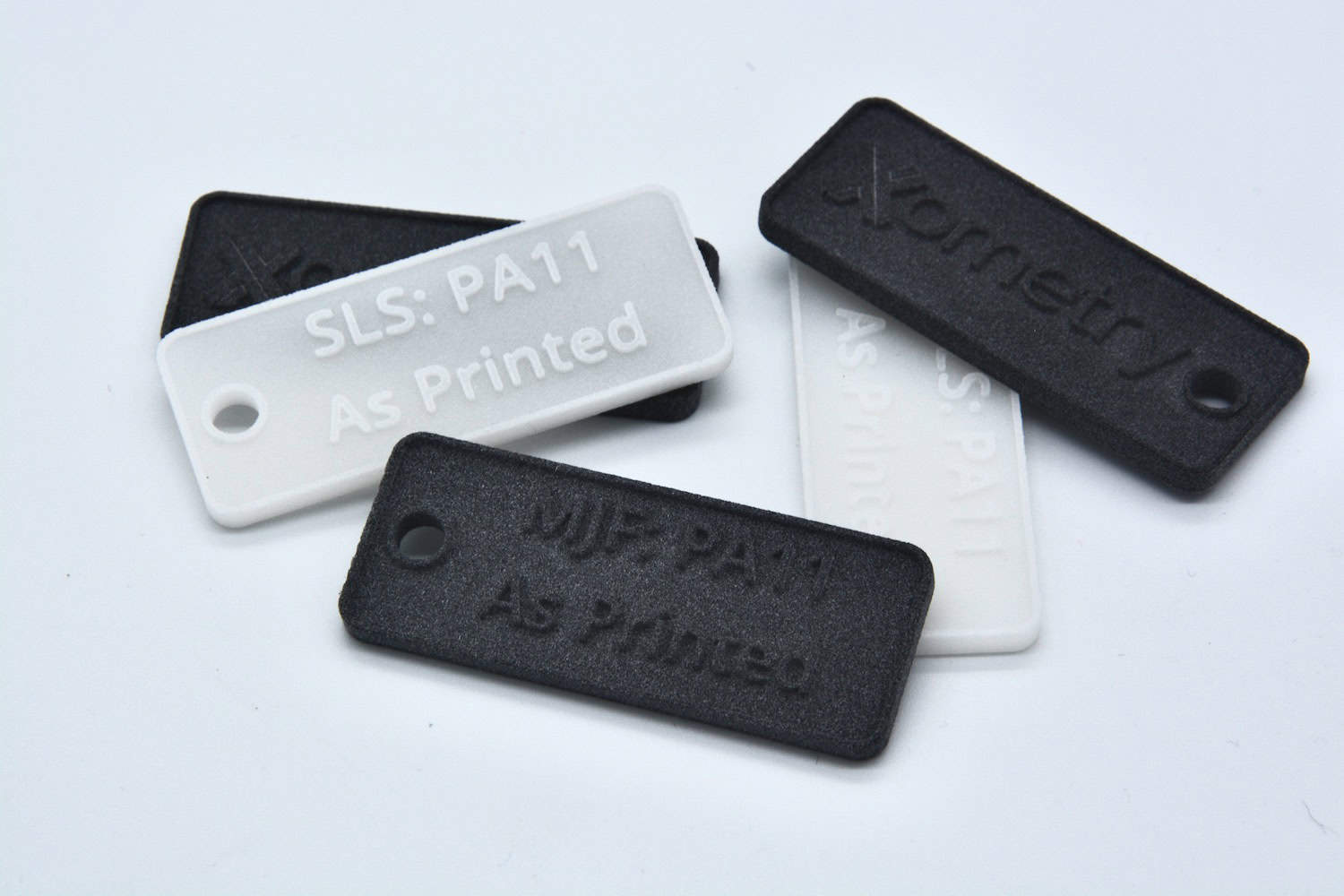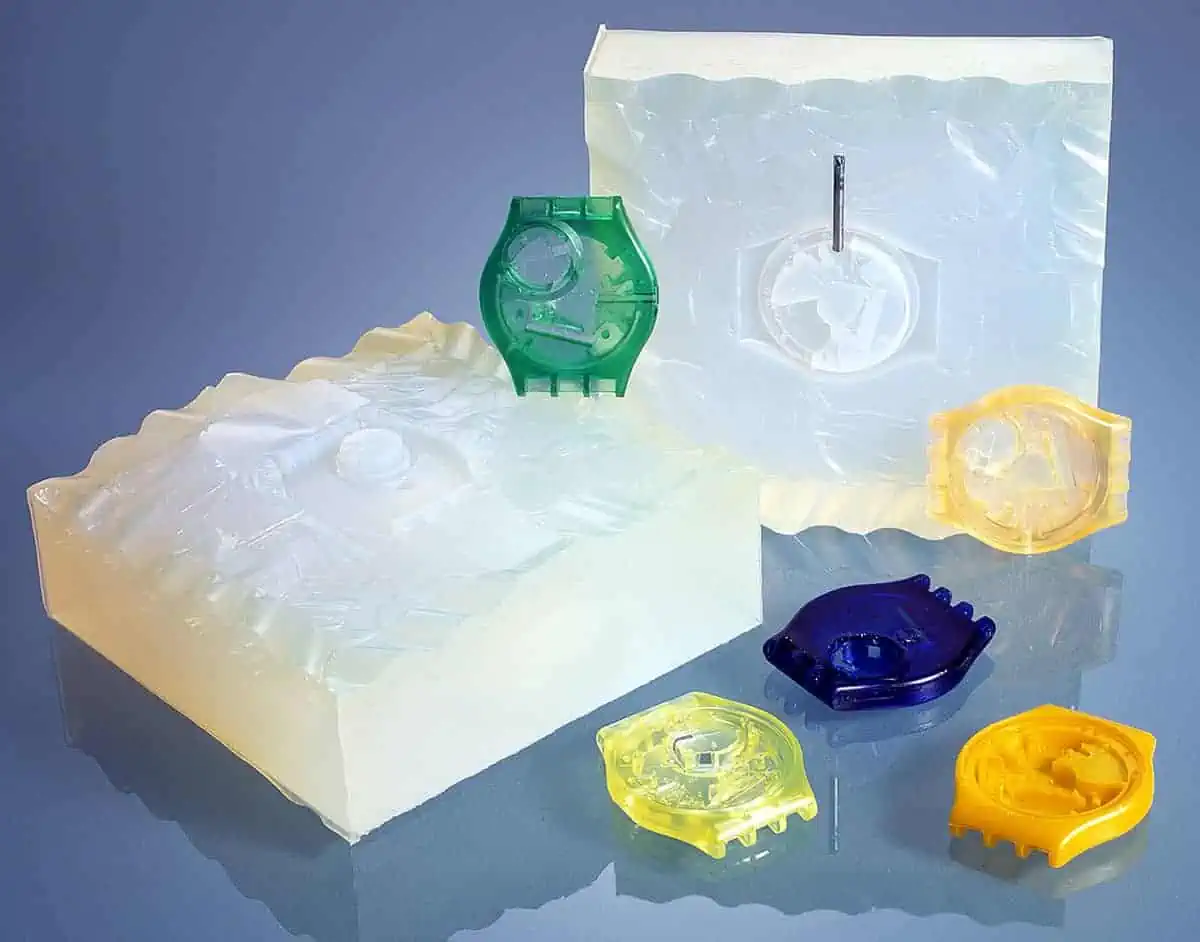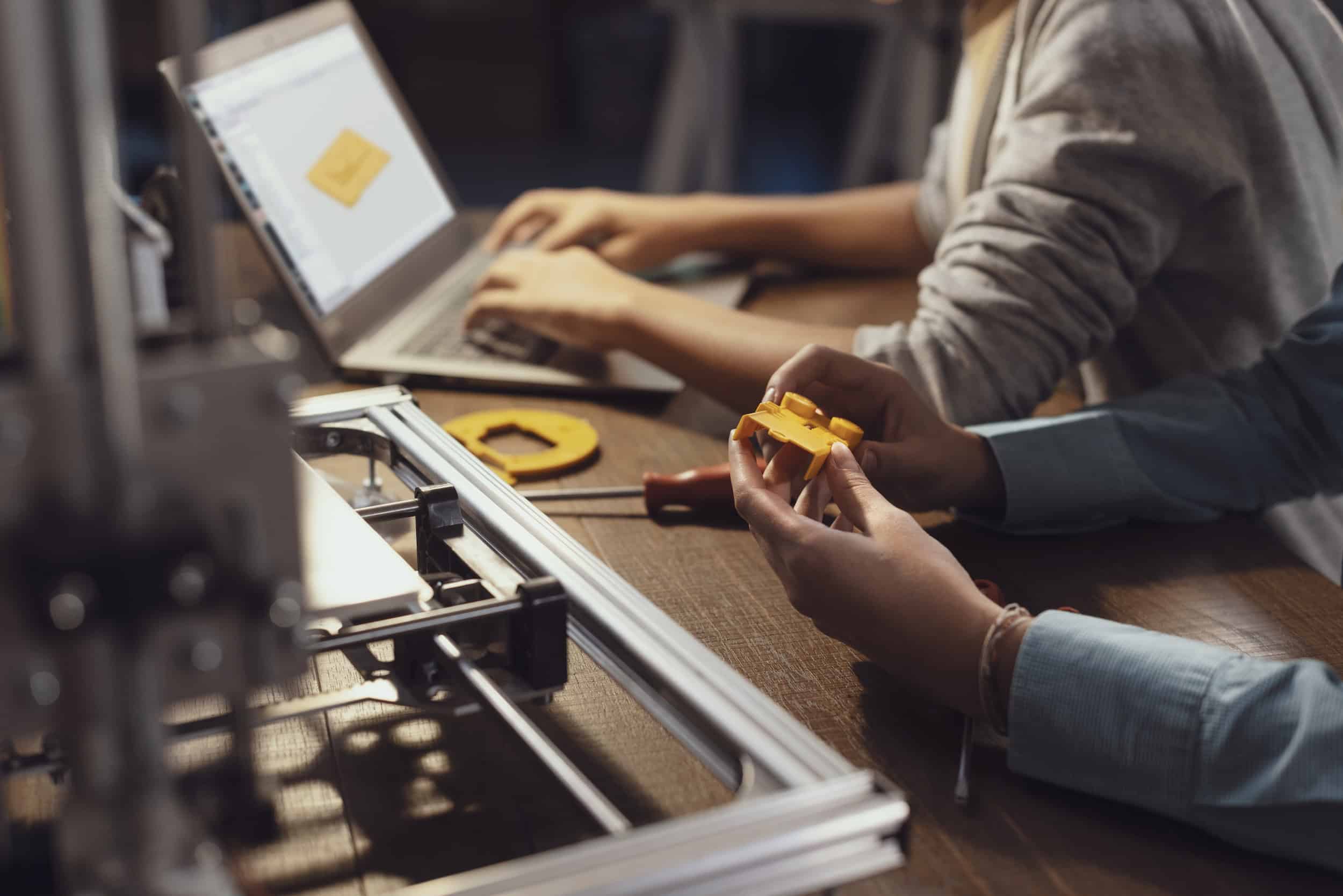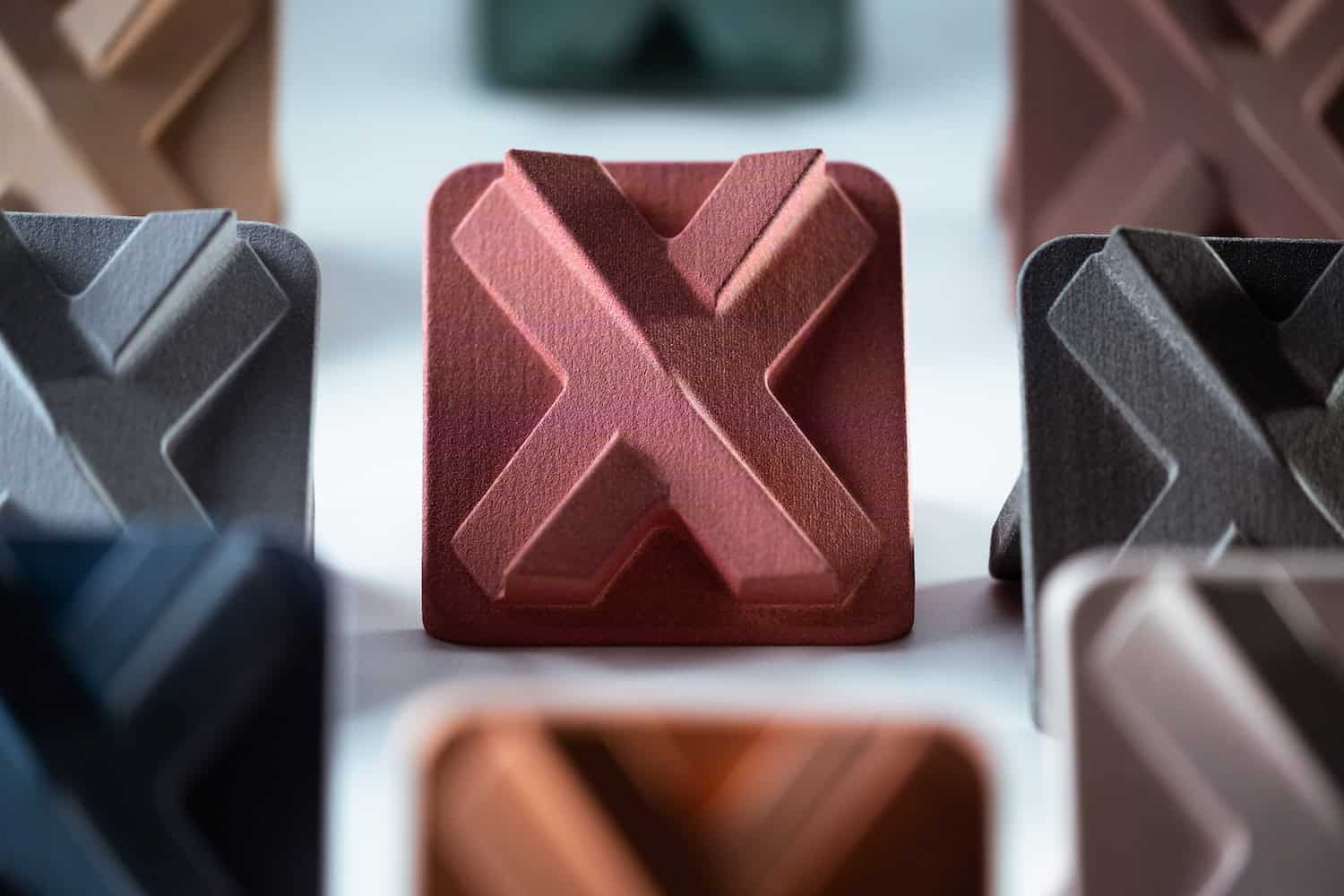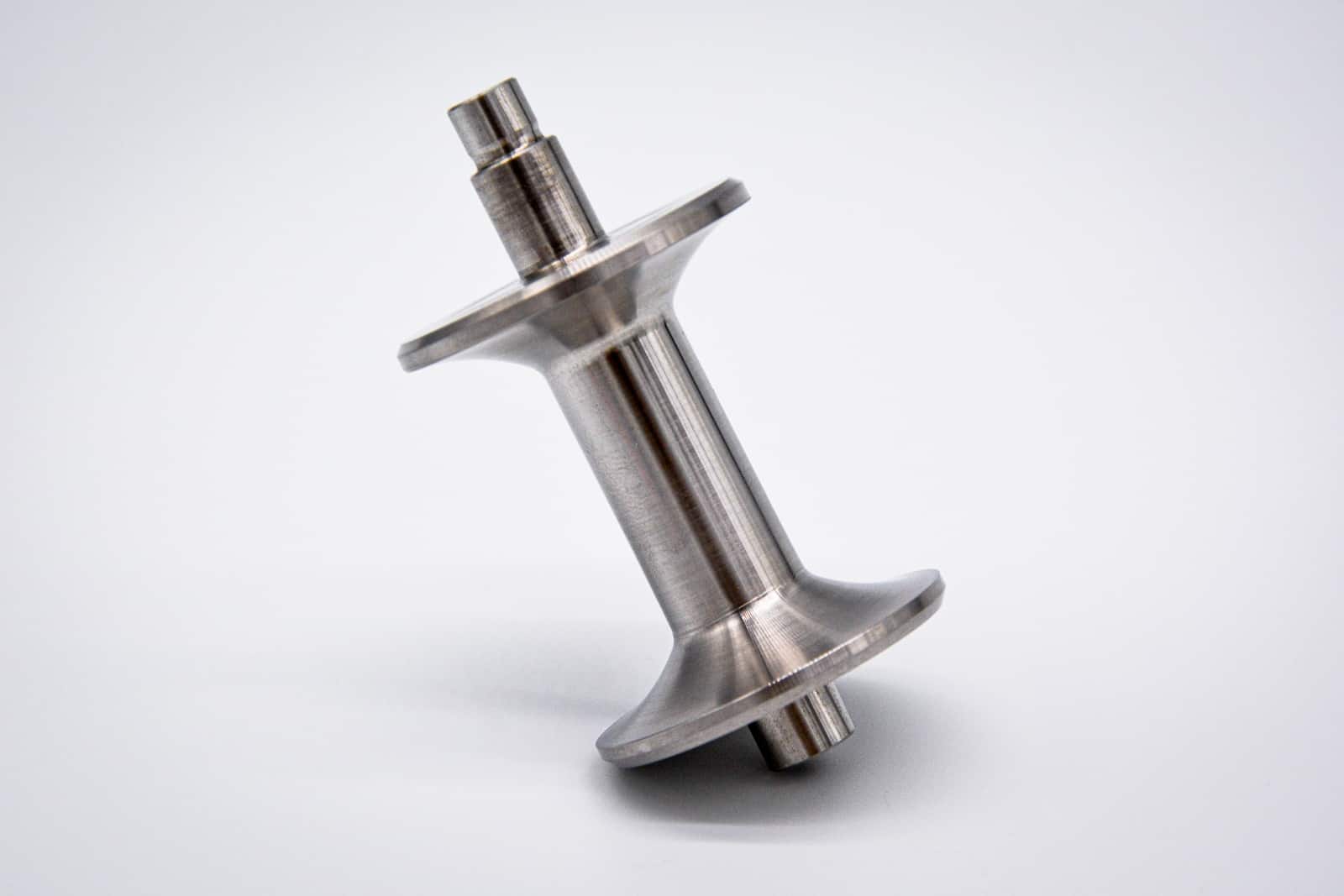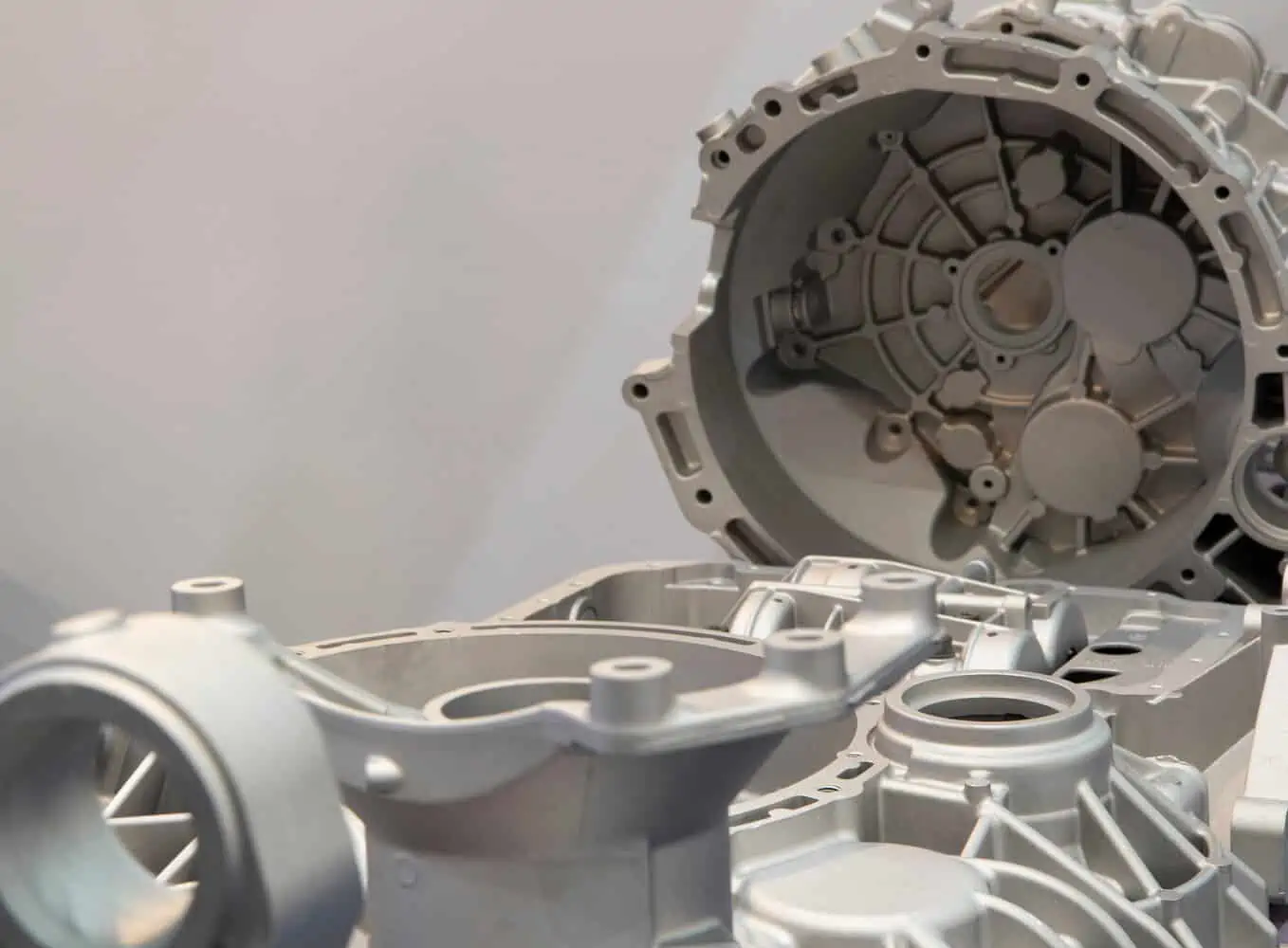Selecting a suitable vacuum casting material is essential for creating high-quality castings. In addition to money, you might waste time by making the wrong decision. This guide post will discuss the different materials used in this technology as well as their applications.
To help you choose, we have compiled a list of Xometry’s numerous available vacuum casting resins. Rubber and plastics (ABS, PC, PMMA, and PP) account for the most common materials.
ABS Grade Materials
ABS is commonly employed in vacuum casting. It offers a good balance of properties and is easy to process due to its low melt viscosity. It displays good toughness, rigidity, and impact strength.
ABS has good dimensional stability, meaning that parts made from it will not warp or distort over time. In addition, it exhibits excellent chemical resistance and can be used in various applications.
Vacuum casting, also called urethane casting or polyurethane casting, is a popular choice for manufacturing small batches of parts due to its relatively low cost and quick turnaround time. ABS is an ideal choice due to its combination of properties and easy processing.
PU8150, ABS-like
PU8150 is a common material because of its excellent abrasion resistance and wear resistance, making it useful in many different settings. It is durable and resistant to oil and chemicals, making it an excellent fit for industrial settings.
- Key features: Excellent dimensional stability • High cure properties • Excellent physical properties
- Applications: It is appropriate for a wide variety of applications, including the production of prototypes, hoses, and gaskets
- See the datasheet
PU8260, ABS-like
PU8260 is a polyurethane elastomer with high tear strength and is resistant to abrasion. It is hydrolytically stable and has a low compression set. The primary use for this product is in vacuum casting. It has a transparent or light-yellow tint.
- Key features: Suitable for short-run production • Flame retardant • Balanced physical properties • High dimensional stability
- Applications: It is ideal for applications requiring high abrasion resistance and flame retardancy
- See the datasheet
PU8263, ABS-like
ABS PU8263 has excellent strength, thermal stability, and abrasion resistance. Its primary use is in the production of high-strength components via vacuum casting. This product is a kind of resin that has already been partially oxidized. Crosslinking density is high, and it maintains its shape well.
- Key features: Flame retardant • High physical and dimensional stability • Suitable for vacuum casting
- Applications: It is ideal for manufacturing prototypes that adhere to UL94 V-0 and 5VA specifications
- See the datasheet
PX100, ABS-like
PX100 is a common material for rapid prototyping because of its toughness, durability, and impact resistance. It’s made up of isocyanate and polyol, and once combined, it takes on a milky white appearance.
- Key features: Long pot life • Excellent mechanical properties • Low viscosity • Paintable
- Applications: It is often used for casting in silicone moulds and for making plastic components with characteristics similar to thermoplastics
- See the datasheet
PX215, ABS-like
PX215 is an ABS and unreinforced polycarbonate blend. Strong durability and dimensional consistency are two of the material’s numerous benefits. It has been UV-stabilized for increased durability in adverse conditions. It is most often used in injection moulding and vacuum casting.
- Key features: Long pot life • Excellent mechanical properties • Low viscosity • Paintable
- Applications: It is often used for casting in silicone moulds and for making plastic components with characteristics similar to thermoplastics
- See the datasheet
UP4280, ABS-like
The polyol and UP4280-2 (ISOCYANATE) are required to be utilized with ABS UP4280. It has no inherent colour but takes on the colour of whichever polyol it is combined with, changing to colours of off-white (C/2), black (K/2) or pale beige (N/2).
- Key features: Suitable for prototyping • Easy to process • High mechanical properties • Heat resistance up to 100°C
- Applications: It has comparable qualities to thermoplastics such as filled ABS and polystyrene and can be vacuum cast in the silicone mould to create high-quality prototypes
- See the datasheet
ABS Grade Materials Comparison Table
| Material | Tensile strength (MPa) | Elongation at break (%) | Flexural modulus (MPa) | Hardness (Shore D) |
| PU8150, ABS-like | 73 | 16 | 1.2 – 2 | 84 |
| PU8260, ABS-like | 68 | 15 | 2.2 | 85 |
| PU8263, ABS-like | 68 | 15 | 2.2 | 83 |
| PX100, ABS-like | 40 | 20 | 1.5 | 74 |
| PX215, ABS-like | 58.8 | 120 | 2.45 | 120 |
| UP4280, ABS-like | 84 | 13 | 2.1 | 81 |
PC Grade Materials
Polycarbonate (PC) is a durable, lightweight plastic that has a wide range of applications. One of the most popular uses for PC is vacuum casting.
Vacuum casting is where molten plastic is injected into a mould under vacuum pressure. This produces vacuum cast parts with very accurate dimensions and a high degree of detail.
PC is ideal because it has excellent dimensional stability and can be easily moulded into complex shapes. In addition, PC parts are solid and durable, making them ideal for applications where strength and durability are required.
PU8098, PC-like
Polyol (A) and Isocyanate (B) are mixed at a ratio of 100 (A):250 (B) to create this polyurethane resin PU8098. The material can be demoulded in 1 hour and has high impact strength.
- Key features: High tensile strength and impact resistance • Low density • Durable
- Applications: It is primarily used by manufacturers to manufacture products of the highest quality using a vacuum cast process
- See the datasheet
PX510, PC-like
It has several good qualities that are comparable to those of thermoplastic polymers.
- Key features: Low viscosity • Odorless • Easy to handle • UV resistant • Excellent mechanical properties
- Applications: It is widely used for vacuum cast prototypes, models, and toys. Production of completely transparent plastic packaging, such as blister packs, is another essential application
- See the datasheet
UP6160, PC-like
The UP6160 resin has a viscosity of 200 – 300 MPa. The material is a combination of Polyol and Isocyanate.
- Key features: High thermal resistance • Yellowish appearance • Easy to paint • Excellent processability
- Applications: The material is mainly utilized to make parts with excellent heat resistance capabilities and has good reproduction accuracy
- See the datasheet
PX223HT, PC-ABS-like
This PX223HT urethane is often used in vacuum casting processes. It is only available in black and has no gradations of colour. Products manufactured with this material have excellent impact resistance and are simple to cast because of the material’s low viscosity.
- Key features: Good impact resistance and flowability • Black colour • Temperature resistant • High flexural resistance
- Applications: Low-volume manufacturing or prototyping of heat-resistant parts are two of the most prevalent uses for the material
- See the datasheet
PC Grade Materials Comparison Table
| Material | Tensile strength (MPa) | Elongation at break (%) | Flexural modulus (MPa) | Hardness (Shore D) |
| PX223HT, PC-ABS-like | 60 | 11 | 2.3 | 80 |
| PX510, PC-like | 40 | 20 | 1.5 | 80 |
| UP6160, PC-like | 59 – 69 | 15 – 16 | 2.1 – 2.2 | 81 |
| PU8098, PC-like | 70 | 10 | 1.6 | 85 |
PMMA / Acrylic Materials
PMMA, also known as acrylic, is a transparent plastic that is often used in vacuum casting. This material is strong and shatter-resistant, making it ideal for vacuum casting. In addition, it has a high degree of clarity, making it perfect for applications where transparency is desired.
PX5210HT, PMMA / Acrylic-like
The PX5210HT material is created by combining UPX5210 POLYOL, UPX5210 ISOCYANATE, and UPX5210-S POLYOL. It has a high viscosity of 500-650 MPa. This material can withstand temperatures up to 105°C.
- Key features: High resistance against impact • Clear/transparent • Heat resistant • Easy to process
- Applications: It is a translucent plastic that has many different uses, from automobile windows to aquariums
- See the datasheet
UPX5210, PMMA / Acrylic-like
UPX5210 is a transparent anti-UV urethane resin used primarily for casting in silicone moulds. Parts with wall thicknesses up to 50 mm can be made using this material. Isocyanate and polyols are combined to create this material. Additionally, it is resistant to UV radiation.
- Key features: Low shrinkage • Easy to process • Transparent • Resistant against UV rays • Easy to polish
- Applications: PMMA is more transparent than glass or comparable engineering polymers, at 92%. It is helpful in various applications, including taillights, windshields, and aircraft windows
- See the datasheet
X522HT, PMMA / Acrylic-like
X522HT is a translucent urethane resin designed to produce high-end transparent items. It may be cast in a silicone mould using a vacuum casting process. It’s an excellent option for greenhouses since it allows for the passage of light and acts as an effective heat barrier.
- Key features: High processability • Clear appearance • Heat resistant up to 100°C
- Applications: It is often used in producing window and door profiles, panels, etc. Aquariums and marine centres can also be constructed with this material
- See the datasheet
PMMA / Acrylic Materials Comparison Table
| Material | Tensile strength (MPa) | Elongation at break (%) | Flexural modulus (MPa) | Hardness (Shore D) |
| PX5210HT, PMMA / Acrylic-like | 65 – 70 | 15 – 20 | 2 – 2.2 | 83 |
| UPX5210, PMMA / Acrylic-like | 65 – 70 | 15 – 20 | 2 – 2.2 | 83 |
| X522HT, PMMA / Acrylic-like | 75 | 9 | 2.1 | 87 |
PP Grade Materials
Polypropylene (PP) is a thermoplastic polymer used in various applications. It is distinguished from other plastics by its high heat and chemical damage resistance.
It is also very lightweight and durable, making it an ideal material for vacuum casting. When heated, PP expands and becomes malleable, making it easy to shape into any desired form. This makes PP an excellent choice for creating prototypes and complex parts with intricate designs.
Vacuum casting is a versatile manufacturing process that can produce small or large batches of high-quality parts with precise dimensional tolerances.
8550, PP-like
8550 is made by combining Polyol with Isocyanate in a 1:2 ratio. It has a transparent black-and-white appearance. Because of its excellent elongation capabilities, this material is often utilized to create elastic parts.
- Key features: Low flexural modulus • High elongation • Long pot life • Suitable for moulding large-sized products
- Applications: It is often used in the production of prototypes and products made of PP or PE
- See the datasheet
PU8570, PP-like
PU8570, PP-like consists of three portions. In a ratio of (Polyol 1 + Polyol 2): Isocyanate, two polyols and one isocyanate are combined. This material is appropriate for producing large components and has a long service life.
- Key features: High flexural modulus • Heat resistant up to 90°C • Flexible • Durable
- Applications: Automobile manufacturers utilize this material widely to vacuum cast interior and external components
- See the datasheet
UP5690, PP-like
UP5690 Polyol, UP5690 Isocyanate, and UP5690 C are the three components used to create this material PP (UP5690). It’s a polyurethane resin that can be vacuum cast, and it’s often used to make components with PP/HDPE-like qualities. The product’s mechanical qualities will change based on the proportions of the various materials used to produce it.
- Key features: High elongation at break • High impact strength • Excellent flexibility • Easy to process
- Applications: Because of its high resistance to impact, it can be used to make bumpers, discs, covers, anti-vibration pieces, and equipment boxes
- See the datasheet
PP Materials Comparison Table
| Material | Tensile strength (MPa) | Elongation at break (%) | Flexural modulus (MPa) | Hardness (Shore D) |
| 8550, PP-like | 34 | 72 | 0.9 | 76 |
| PU8570, PP-like | 50 | 35 | 1.6 | 85 |
| UP5690, PP-like | 25 – 35 | 50 – 90 | 0.6 – 1.3 | 75 – 83 |
Rubber Grade Materials
Rubber is a versatile material used in various applications. It is often used in vacuum casting because it can be easily moulded into complex shapes and has a high degree of flexibility.
In addition, rubber is relatively inexpensive and can be reused multiple times. As a result, vacuum casting with rubber is an efficient and cost-effective way to create high-quality parts and products.
UPX8400, Rubber-like
UPX8400 is a polyurethane material made up of three different components specifically designed for vacuum casting. This product has a very high elongation and is easy to work with. The material’s mechanical characteristics are determined by the proportions of the three components combined.
- Key features: Excellent curing property • Good flowability • Black/milky white appearance
- Applications: it is commonly used to manufacture prototypes, models, or mock-ups
- See the datasheet
T0387, Rubber-like
T0387 is a translucent polyurethane elastomer designed and developed for vacuum casting applications. The material has a pot life of around 5 minutes and 30 seconds. Despite its apparent transparency, the product’s overall mechanical qualities are determined by the proportions of its three components (1 polyol, 1 isocyanate, and 1 polyol).
- Key features: High elasticity • Good curing properties • Transparent
- Applications: It is helpful for the production of components that need a high degree of elasticity since it has elastic qualities
- See the datasheet
Rubber Grade Materials Comparison Table
| Material | Tensile strength (MPa) | Elongation at break (%) | Hardness (Shore A) |
| UPX8400, Rubber-like | 17 | 430 | 95 |
| T0387, Rubber-like | 10 – 40 | 300 | 60 – 80 |
Source Your Custom Vacuum Cast Parts at Xometry
Choosing an appropriate material is sometimes a lengthy procedure. Xometry is your one-stop shop for custom vacuum cast parts. The company provides an extensive selection of casting materials with varying mechanical qualities to accommodate all vacuum-cast projects.
Upload your files to the Xometry Instant Quoting Engine to get a quote in a matter of seconds, and pick different vacuum casting resins to see how they affect the cost.
 Europe
Europe  Türkiye
Türkiye  United Kingdom
United Kingdom  Global
Global 

 Login with my Xometry account
Login with my Xometry account  0
0